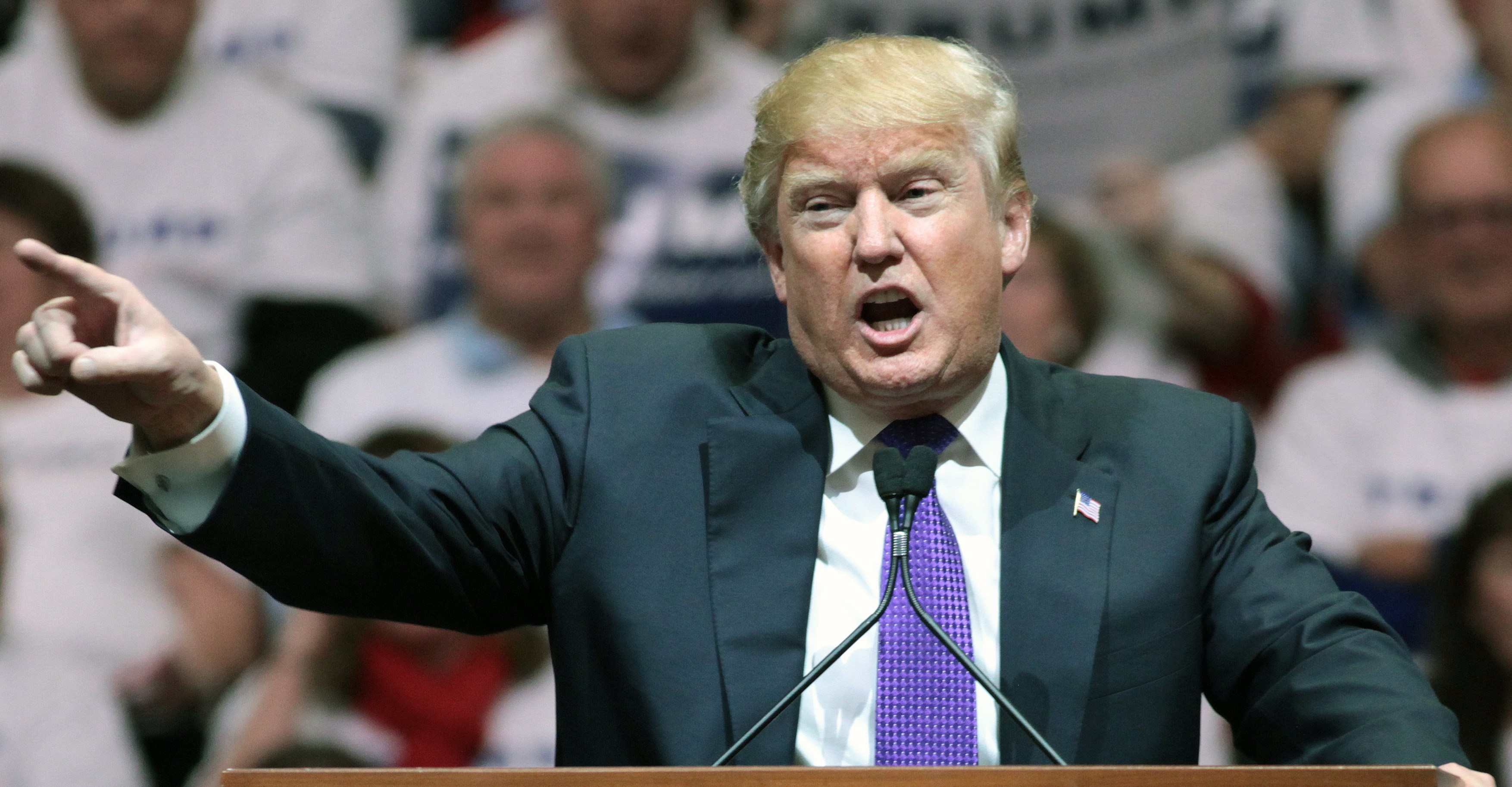
NHH in the middle of a political storm
President Trump will transfer weapon and equipment from the nation´s military to state and local police. He believes this will reduce crime and refers to a NHH study published in AEJ. The debate is raging in Washington Post.
Text: Sigrid Folkestad
The debate about the militarisation of the police in the USA startet in the wake of the riots in Ferguson, Missouri in 2014. Armoured vehicles and police men in military clothing with military weapons were deployed to deal with the big protests and crowds, and the television images from this little suburb were at times reminiscent of images from war zones. Obama restricted this kind of militarization of the police.

Justice Dept. use of NHH
Now, the debate has flared up.
Donald Trump wants to "resume the transfer of surplus weapons, vehicles and other equipment from the nation’ s military to its state and local law enforcement agencies", according to Washington Post (August 27, 2017). This is a program which Obama curtailed in 2015. Trump's decision to militarize the police is highly controversial, and there has been a lack of research on the effects on crime.
However, the US Department of Justice found two new studies which have investigated the effects of militarization, according to Washington Post. One of them is by Evelina Gavrilova-Zoutman, Assistant Professor at Norwegian School of Economics, and Vincenzo Bove.
She is a researcher at the Department of Business and Management Science and a postdoctoral fellow at Norwegian Centre for Taxation (NHH).
The article Police Officer on the Frontline or a Soldier? The Effect of Police Militarization on Crime has been published in American Economic Journal: Economic Policy. US Justice uses this study as support in their plan to reintroduce the military programme. The focus on military weapons is strong.
After the story was published, thousands of comments have been posted at the newspaper´s website.
Crime rate falling
Gavrilova-Zoutman is not very impressed by the US government´s use of the studies:
`This is not very precise´, the NHH-researches says.
This week several US media are doing stories on the misuse and misuse of the studies:
Academics Say Administration Mischaracterized Findings on Police Use of Military Gear
(Wall Street Journal)
Military kit cuts crime: But air-conditioners seem to help more than guns
The Economist
She and Bove find a decrease in what they call crime that is ‘susceptible to influence’, where a visible police presence as a result of the transfers can have a deterrent effect. The number of robberies, muggings, thefts and car thefts is falling as a result of the transferred equipment, while the number of murders is unchanged.
In total, the average crime rate fell by 0.24 per cent as a result of the transfers during the period observed. An increase of 10 per cent in military equipment leads to a reduction of 5.9 criminal offences per 100,000 inhabitants, they find.
‘The total effect is not so great, but it is very cost-efficient´, Evelina Gavrilova-Zoutman said in an interview earlier this year.
Underfunded police
The researchers find that the military materiel does not have any effect on the number of arrests or the number of injuries to police officers.
That leads the researchers to believe that it is an increased deterrent effect that is pushing down the crime rates, through what they call increased police effort.
‘The police are often underfunded. These transfers can put them in a better position to do their job by enabling them to fix equipment that breaks down and work more quickly as a result of new computers and software. As otherwise in working life, you give workers more capital, here in the form of various equipment, so that they can work more efficiently,’ Gavrilova-Zoutman said.